Billiards draws you in with its depth and elegance, turning each shot into a small work of art. To become a master at it, it is important not only to perfect your technique, but also to choose the right billiard equipment. Today let’s dive into the details: what exactly you will need to start playing or improve your level. We’ll look at everything in detail – from balls to accessories.
The main points of choosing billiard equipment
Cue, balls, table should be properly selected. The quality of the game and players’ pleasure depends on it.
Billiard cue is your hand and sword
The main and most important weapon of a player. Like a knight’s sword, a cue must be perfectly matched to its owner. There are many variations, and the main thing is that it should be perfectly balanced and comfortable. The tool can be made of different materials: traditionally trees like maple or walnut are used, but now composite materials are also popular.
Think about why billiard cues made of graphite have become so popular in recent years? It’s all about durability and minimal deformation. One famous example is the one used by legendary player Steve Davis in 1985. He lost the final, but the cue was in perfect condition after several dozen matches. The choice of professional and amateur instruments differs greatly. Professionals prefer flexibility and response, while amateurs often look for balance and lightness.
How to choose billiard balls: size and weight
The types are as varied as the games they are designed for. Pool, Russian pyramid and snooker each require special balls. The differences start with the dimensions: the diameter for pool is usually 57.2 mm, for snooker – 52.5 mm. It is important to take into account the weight, as each gram can change the trajectory of the blow.
Interesting fact: in the XIX century billiard balls were made of ivory. It was expensive and unecological, and only in the beginning of the XX century plastic appeared, which gradually replaced this material. Today billiard equipment is manufactured using bakelite or phenol-aldehyde resin, which ensures durability and resistance to wear and tear. Uniformity of density and precise balance is what distinguishes a quality ball from a mediocre one, and a good ball can withstand thousands of games, remaining invariably perfect.
Billiard table sizes and features
The dimensions directly depend on what kind of billiards you play. The classic one for pool has a size of 9 feet, but for Russian pyramid a 12-footer can be used. For example, the first Russian billiards championship in St. Petersburg in 1995 was held on 12-foot tables, which made the game particularly exciting.
Materials also play an important role. Slab of natural slate is the standard for professional tables, as it provides a perfectly flat surface. But for home use, lightweight versions made of MDF or composite are often chosen. Each material has its own features: slate provides durability and perfect rolling of balls, and composites – availability and ease of care.
Care of billiard equipment
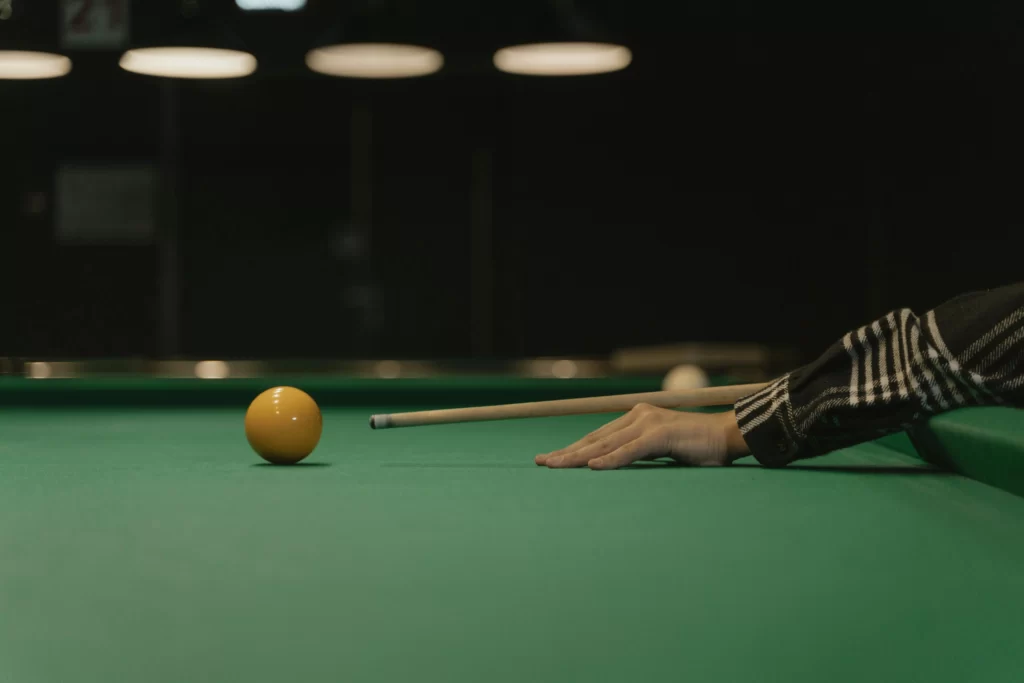 An important step that should not be ignored. Regular maintenance can extend the life of billiard equipment for years. For example, billiard cues require special attention: they need to be stored in an upright position to avoid deformation. Simple advice: use special covers to protect them from temperature fluctuations and moisture.
An important step that should not be ignored. Regular maintenance can extend the life of billiard equipment for years. For example, billiard cues require special attention: they need to be stored in an upright position to avoid deformation. Simple advice: use special covers to protect them from temperature fluctuations and moisture.
As for the tables, the main attention should be paid to the cloth. Regular cleaning with a hoover and timely replacement is a guarantee that the game will always bring pleasure.
Billiard balls also require care: they should be wiped regularly to remove micro-particles that can affect the trajectory of rolling.
Here is a short list of the basic rules of billiard equipment maintenance:
- Store the cue in its case and upright.
- Clean the table with a soft brush and hoover.
- Wipe the balls with a special cleaning agent.
- Avoid sharp temperature changes in the room where the equipment is stored.
Billiard accessories: what you need
Billiard accessories include a lot of small things, without which it is difficult to imagine a full-fledged game. For example, chalk is the most important element for every player, which ensures proper contact of the cue with the ball.
Legendary players such as Ronnie O’Sullivan have never started a game without sharpening the cue tip with chalk. O’Sullivan prefers to use Blue Diamond chalk, which has become known for its unique composition of rare oils and special pigments. This chalk provides maximum grip, which is critical for making difficult spiral strokes and maintaining control. Its dense texture allows the chalk to remain on the tip for a long time, minimising the need for reapplication during a match.
A cue case is another important accessory. Quality cases protect against damage and extend the life of the cue. There are several types of cases, each with its own features:
- Leather with reinforced inserts – provide maximum protection and durability. Leather not only looks prestigious, but also perfectly protects the cue from mechanical damage.
- Fabric is a budget option, which is convenient for amateurs. They are lightweight and compact, but less reliable in terms of protection.
- Hard cases with metal inserts are ideal for professionals. These cases prevent damage from bumps and falls.
- Waterproof – suitable for those who want to protect the cue from moisture and weather conditions. These are especially important if the cue is stored in unstable climatic conditions.
Also you should not forget about the cue stand and special stickers on the tip – they play a significant role in the accuracy of impact and durability of the equipment.
Additional equipment for billiards helps to create conditions that are as close to professional as possible.
Putting it all together
 Choosing the right equipment for billiards is not an easy task, but it is extremely important if you want the game to be a real pleasure. Whether you are playing at home with friends or preparing for professional tournaments, the right choice of arsenal can make the game much more enjoyable and productive.
Choosing the right equipment for billiards is not an easy task, but it is extremely important if you want the game to be a real pleasure. Whether you are playing at home with friends or preparing for professional tournaments, the right choice of arsenal can make the game much more enjoyable and productive.
Using quality equipment can help you unlock your player’s potential, improve your technique and raise your game. Therefore, it is important not to skimp on it, but to choose wisely and carefully.


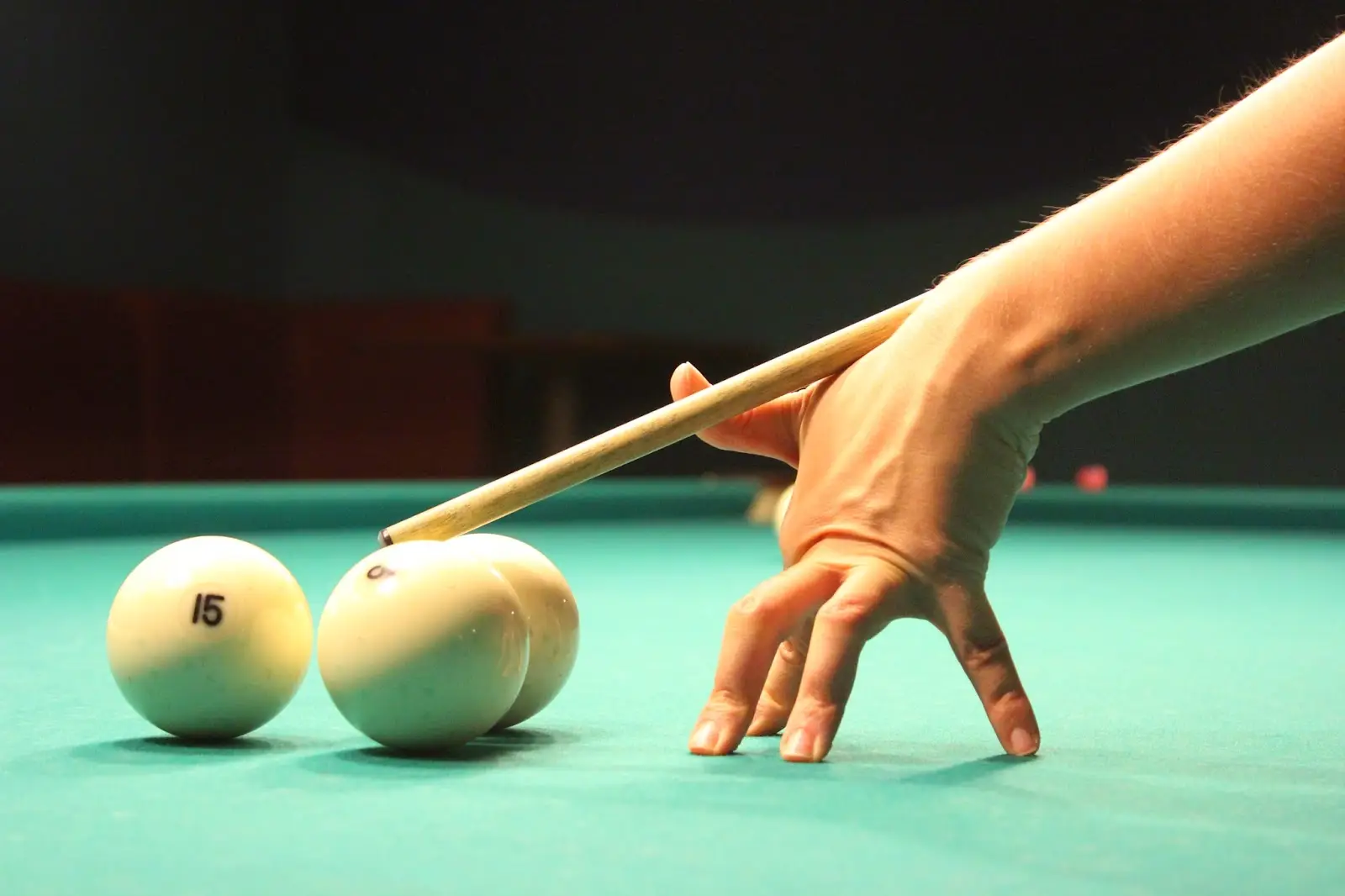
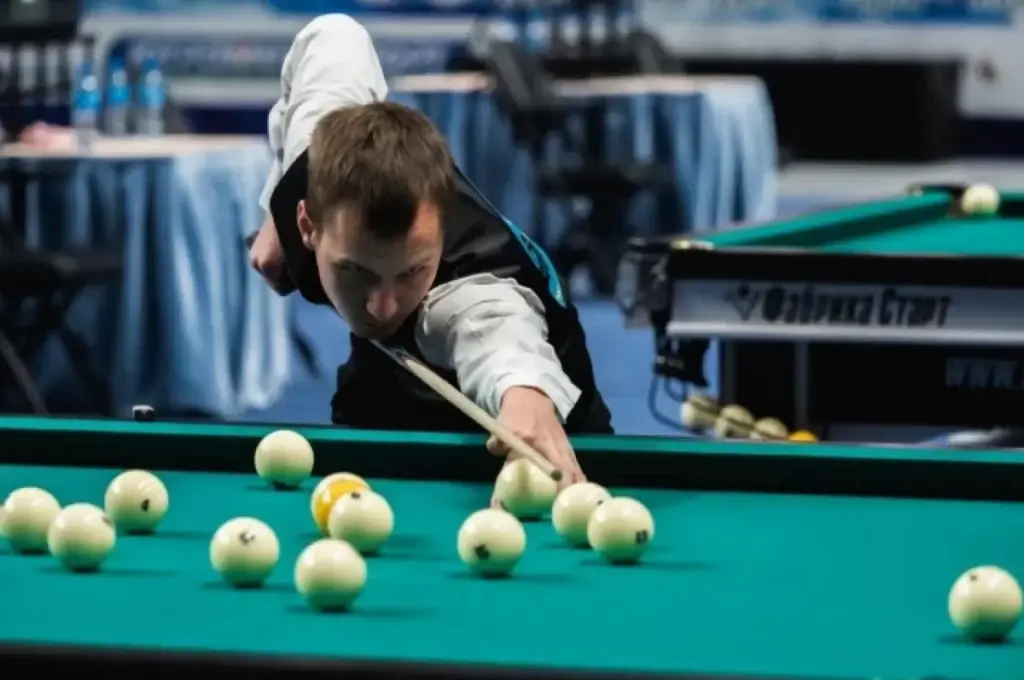 Success is the result of a combination of many factors, from keube mastery to psychological stability and the ability to maintain concentration during the tournament.
Success is the result of a combination of many factors, from keube mastery to psychological stability and the ability to maintain concentration during the tournament.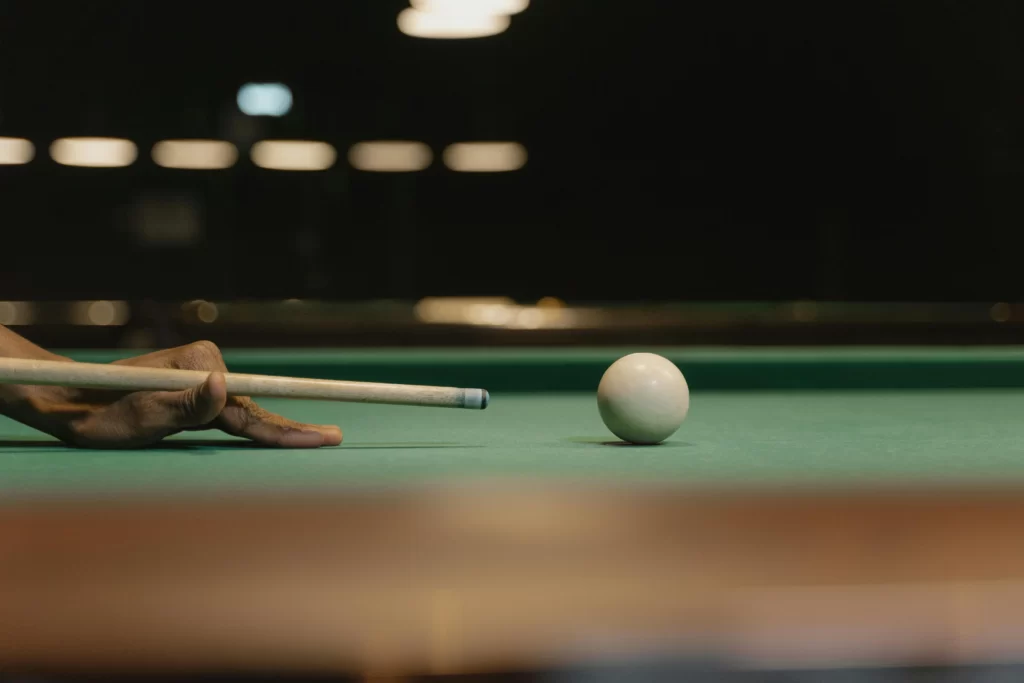 It is difficult to determine who the best billiard player is because everyone has their own characteristics and merits. Ronnie O’Sullivan impresses with his speed and intuitive understanding of the game; Stephen Hendry, with his perseverance and aggressiveness; Efren Reyes, with the magic of his atypical shots; and Mark Selby, with his stamina and strategic thinking. They are all great in their own way and choosing a leader will always be subjective. The secret of their success is the constant work on themselves, the pursuit of perfection and the ability to overcome difficulties.
It is difficult to determine who the best billiard player is because everyone has their own characteristics and merits. Ronnie O’Sullivan impresses with his speed and intuitive understanding of the game; Stephen Hendry, with his perseverance and aggressiveness; Efren Reyes, with the magic of his atypical shots; and Mark Selby, with his stamina and strategic thinking. They are all great in their own way and choosing a leader will always be subjective. The secret of their success is the constant work on themselves, the pursuit of perfection and the ability to overcome difficulties.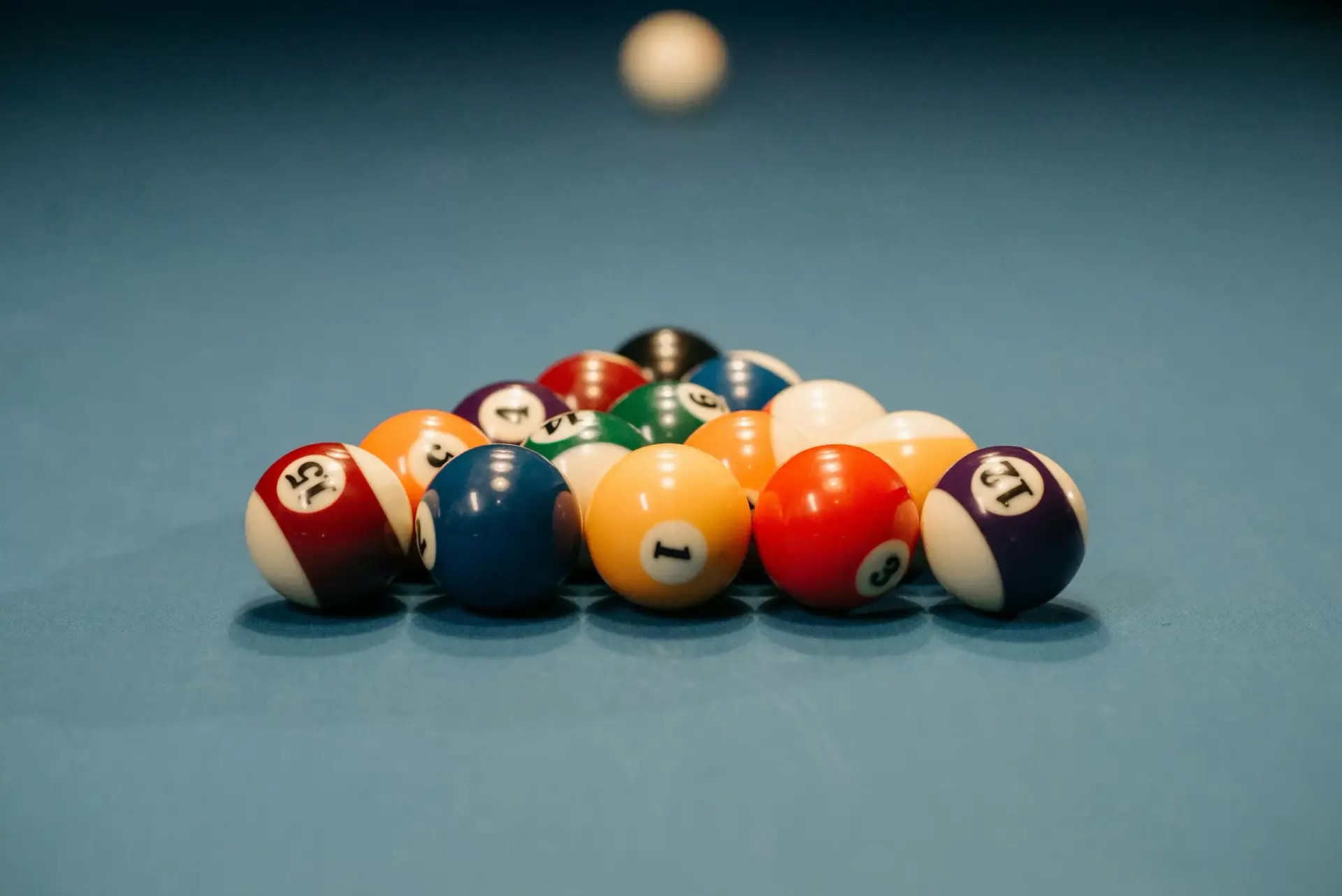
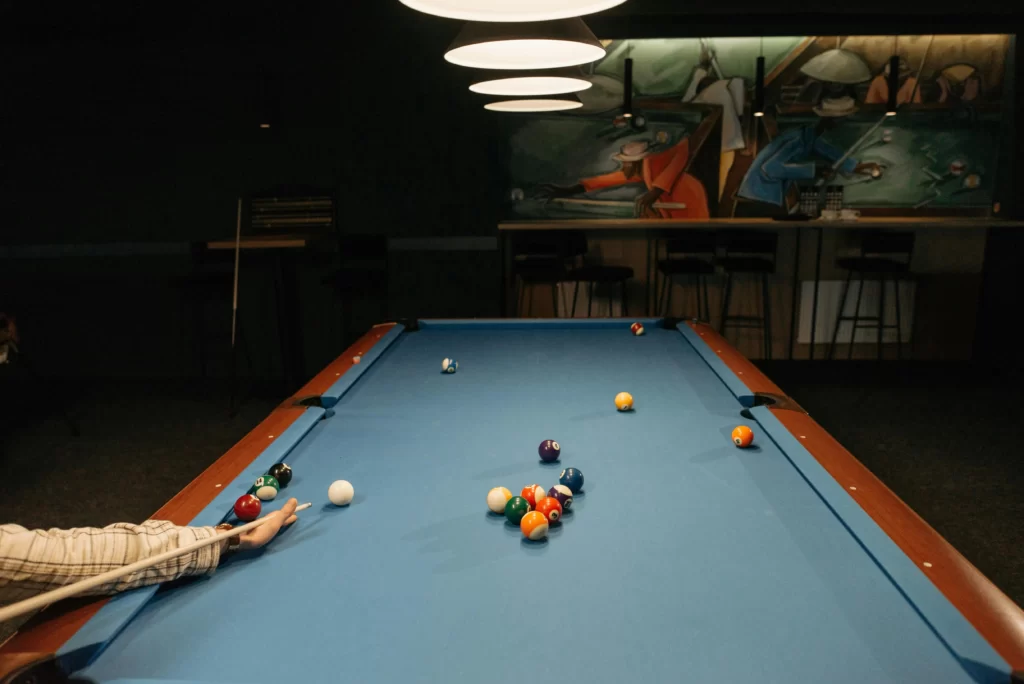 There are several types of billiards, each of which is unique in terms of rules and approach to the game. The most popular varieties are Russian billiards, pool and snooker. The first is highly complex and demanding of skills. Pool, on the contrary, is aimed at beginners and offers simpler conditions. Snooker is something in between, combining elements of strategy and entertainment.
There are several types of billiards, each of which is unique in terms of rules and approach to the game. The most popular varieties are Russian billiards, pool and snooker. The first is highly complex and demanding of skills. Pool, on the contrary, is aimed at beginners and offers simpler conditions. Snooker is something in between, combining elements of strategy and entertainment. The rules of billiards may seem complicated at first glance, but with careful attention and regular practice they are easily learned and become the basis of an exciting and intelligent game. Billiards requires precision, patience and strategic thinking. The best way to master the game is to take a cue and try your hand at it, applying all the acquired knowledge in practice.
The rules of billiards may seem complicated at first glance, but with careful attention and regular practice they are easily learned and become the basis of an exciting and intelligent game. Billiards requires precision, patience and strategic thinking. The best way to master the game is to take a cue and try your hand at it, applying all the acquired knowledge in practice.





